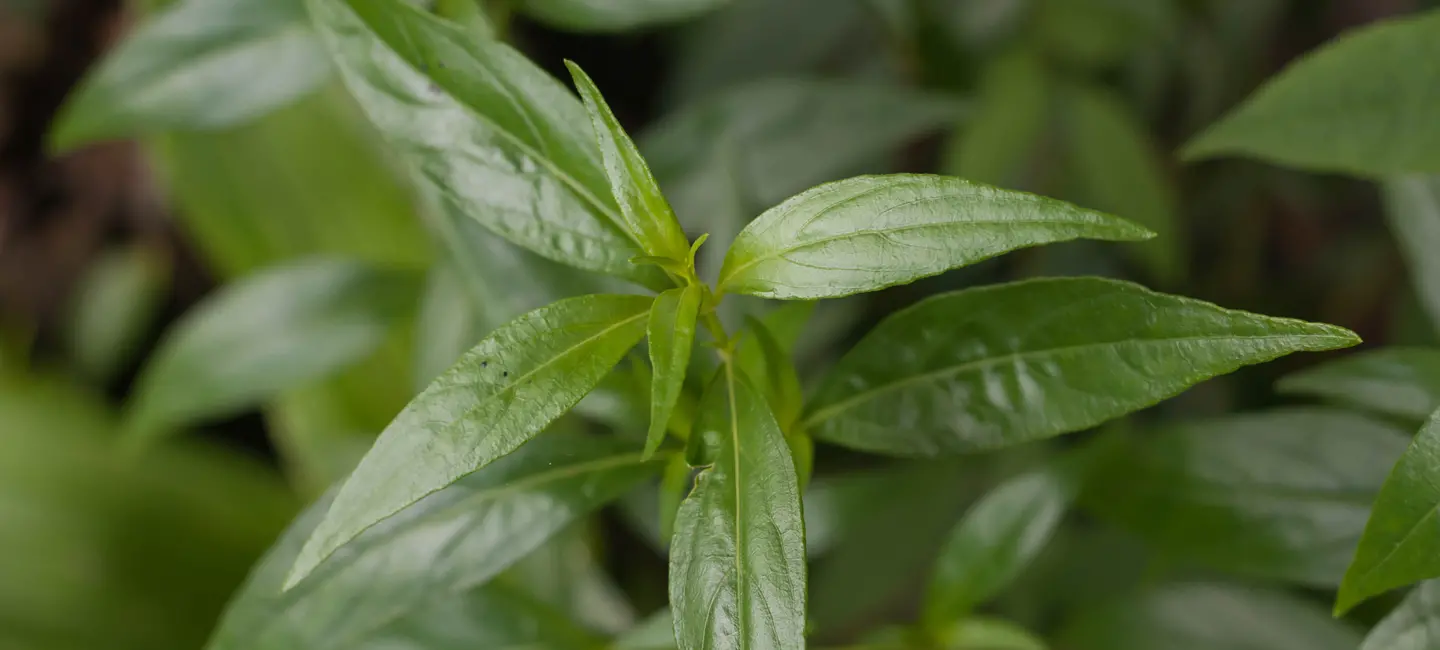
Chirata (Swertia chirayita) is a plant known for its bitter taste. It's native to the Himalayan region and traditionally used as medicine.
Chirata contains chemicals that may fight some bacteria, viruses, and fungi. It might also have effects that lower blood sugar.
People use chirata for asthma, diabetes, hepatitis, upset stomach, high blood pressure, and many other conditions, but there is no good scientific evidence to support these uses.
Is It Effective?
There is interest in using chirata for a number of purposes, but there isn't enough reliable information to say whether it might be helpful.
Is it Safe?
When taken by mouth: Chirata is commonly consumed in foods. But there isn't enough reliable information to know if chirata is safe when taken in larger amounts as medicine or what the side effects might be.
Special Precautions & Warnings:
Pregnancy and breast-feeding: There isn't enough reliable information to know if chirata is safe to use when pregnant or breast-feeding. Stay on the safe side and avoid use.
Intestinal ulcers. Chirata might make ulcers in the intestine worse.
Surgery. Chirata might lower blood sugar. This might interfere with blood sugar control during and after surgical procedures. Stop using chirata as a medicine at least two weeks before a scheduled surgery.
Medications for diabetes (Antidiabetes drugs)
Interaction Rating=Moderate Be cautious with this combination.
Chirata might lower blood sugar levels. Taking chirata along with diabetes medications might cause blood sugar to drop too low. Monitor your blood sugar closely.
Herbs and supplements that might lower blood sugar: Chirata might lower blood sugar. Taking it with other supplements with similar effects might lower blood sugar too much. Examples of supplements with this effect include aloe, bitter melon, cassia cinnamon, chromium, and prickly pear cactus.
There are no known interactions with foods.
There isn't enough reliable information to know what an appropriate dose of chirata might be. Keep in mind that natural products are not always necessarily safe and dosages can be important. Be sure to follow relevant directions on product labels and consult a healthcare professional before using.
Anaryatikta, Bhunimba, Bitter Stick, Bitterstick, Chiaravata, Chiraita, Chiratitka, Chirayta, Chiretta, Chirette, Chirette des Indes, Chirrato, East Indian Balmony, Genciana de la India, Gentiana chirata, Gentiana chirayita, Indian Bolonong, Indian Gentian, Kairata, Kirata, Qasabuzzarirah, Sekhagi, Swertia chirata, Swertia chirayita, Yin Du Zhang Ya Cai.
Information on this website is for informational use only and is not intended to replace professional medical advice, diagnosis, or treatment. While evidence-based, it is not guaranteed to be error-free and is not intended to meet any particular user’s needs or requirements or to cover all possible uses, safety concerns, interactions, outcomes, or adverse effects. Always check with your doctor or other medical professional before making healthcare decisions (including taking any medication) and do not delay or disregard seeking medical advice or treatment based on any information displayed on this website.
© TRC Healthcare 2024. All rights reserved. Use and/or distribution is permitted only pursuant to a valid license or other permission from TRC Healthcare.
